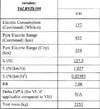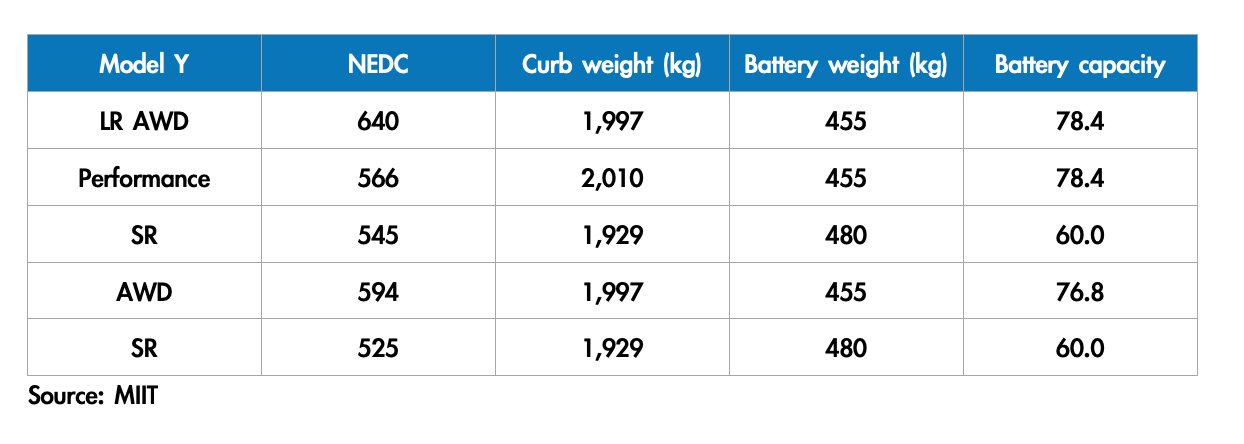This is V19 of the Model 3 Type Certificate for the EU. Since V19 it includes the Model Y, so I thought you might be interested to have a look at the data.

Certified Variants:

Model Y LR / LG Chem 75kWh NMC

Model Y LR / LG Chem 82kWh NCMA

Model Y P / LG Chem 82kWh NCMA

Model Y SR+ / CATL 60kWh LFP

Technical Data:



Certified Variants:
Model Y LR / LG Chem 75kWh NMC
Model Y LR / LG Chem 82kWh NCMA
Model Y P / LG Chem 82kWh NCMA
Model Y SR+ / CATL 60kWh LFP
Technical Data:
Attachments
Last edited:




